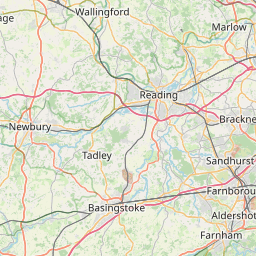
Ladybirds are inactive in the winter months, they overwinter in cracks and crevices, under bark, in hollow plant stems and in piles of leaves. A recent arrival to the UK is the Asian Harlequin ladybird – this can often be found in our homes, around window frames, or in sheds and garages. This two week survey, closed at midnight on 27th December 2019 and the results were discussed on the Today Programme on Monday 30th December 2019 guest edited by Greta Thunberg, received 145 records of 1200 ladybirds including 18 aggregations of ladybirds, but only 3 east of Birmingham and 100 found in aggregation in Lydney in an outbuilding. The highest indoor count was 90 in Haslemere. The non-native invasive Harlequin ladybirds generally form the indoor winter aggregations there were fewer aggregations recorded than predicted. This does raise the question are there fewer Harlequins this winter than recent years? A number of predators and parasites -nematode, mite, fungus and wasp- have been found recently attacking Harlequins. If this is the case then perhaps our native ladybirds can recover from the impact of Harlequins or is this more symptomatic of an overall decline of all Ladybirds?
For those interested in looking further into the Ladybird survey results the UK Ladybird Survey is a long running volunteer-led recording scheme collating information on all ladybirds. We are excited to have the opportunity to collaborate with you all in mapping the distribution of ladybirds across the UK. The information gathered will be used in many different ways to assess the status and trends of ladybirds. To take part record on-line.









